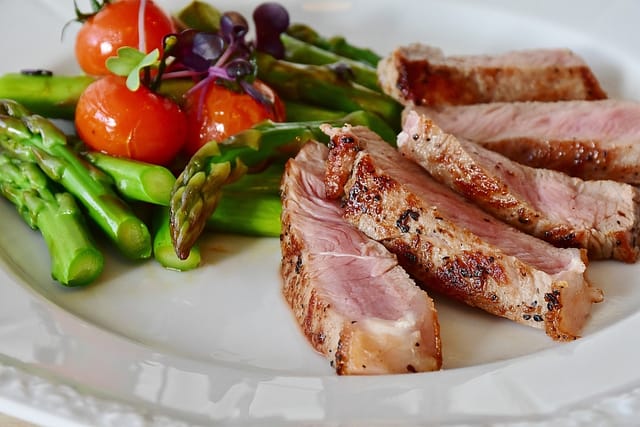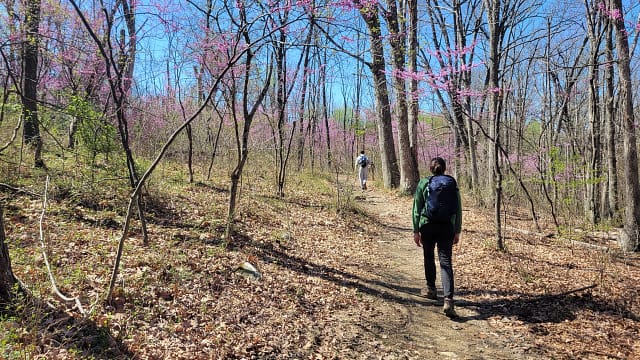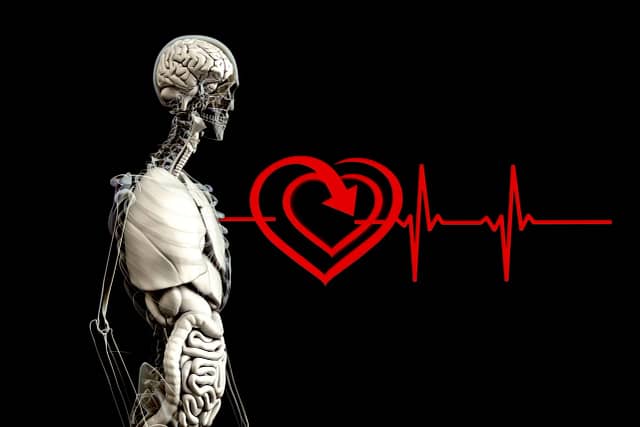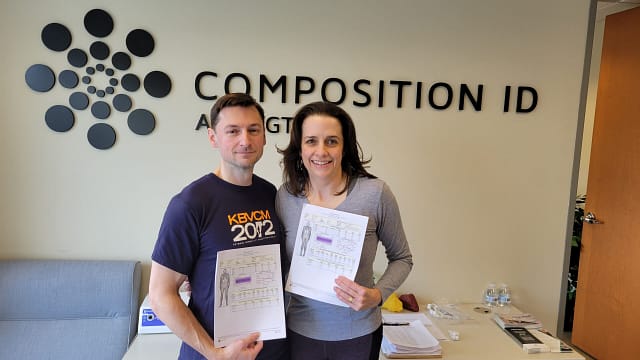We are focused on laying the foundation for an active retirement. One for us that is full of global travel and lots of flexibility to spend time with family and friends. Doing so requires a good deal of advance planning and work — something we’ve been working on diligently now for nearly 5 years.
Ever since I met Hillary at American University, roughly 1994, she has been saying she just wants to live long enough to see the American Tricentennial in 2076. That would make her 100 years old! And while the actuarial tables are predicting I’m more likely to only hit 90 that doesn’t mean we both aren’t going to make a good run at it. But we don’t really just want to live to 100. We’d like to be active to as close to 100 as possible. In other words we want to maximize our health span — not just our life span. So, inspired by Peter Attia we are training to compete in the Centenarian Olympics. What does this mean?

Optimal Diet
Moderating our diet to emphasize the whole/real foods — if it has a “nutrition” label then it isn’t a whole/real food. This is low carb, but really it’s focused on having a daily diet consisting of 1 gram protein per 1 lb body weight, 20-50g carbs, and 100-150g fat (though we’re still tweaking the carbs and fat as we’ve lost body fat and increased muscle mass). We’ve eliminated virtually all packaged foods and almost all alcohol.
We’re doing our best to buy local grass fed/finished beef, local eggs from chickens and ducks that eat insects and ticks vs mass produced chicken/duck “feed”.
The other thing we’ve been doing is making our own yogurt and kimchi to get some fermented foods daily. These aren’t store bought items which aren’t truly fermented — we make them ourselves. I love this Keto Kimchi recipe though I vary the ingredients wildly and I’m not quite sure if its going to be possible when we become traveling nomads.
Strength & Mobility
Regular strength training with a focused plan that increases weight and volume to build as much strength as possible before it naturally starts to decline. In our 40’s this means weight training 3-4 times a week, indoor bouldering once a week, lots of walking, and hiking as often as we can. Plus stretching a wide range of muscles and tendons throughout the body.
Turns out one of the best things you can do, aside from strength training, is hiking! Going outside to walk and hike pays massive dividends for movement and mobility but also the brain. Hiking in particular makes your brain work hard to maintain balance while paying attention to everything that’s going on around you in your peripheral vision.


Cardio and VO₂ max
Having a high VO₂ max has a high inverse correlation to cardiac events. In other words, the higher your VO₂ max, or ability to use lots of oxygen during high rates of physical exertion, the less likely you are to have a heart attack. If you can hit the top 25% of this capacity for your age group it’s thought that there is virtually no chance of such an event.
We’re incorporating multiple 45 minute Zone 2 training sessions into our weekly activity. Each one followed by a high intensity, Zone 5 interval. The objective is to make our cardiovascular systems more efficient at lower heart rates (but still much higher than simply walking or hiking) and regularly push the system towards it’s max. Ultimately the goal is to improve our VO₂ max as much as possible.
Tracking Health Indicators
Using bloodwork and tools to optimize sleep and metabolism. Sleep deficiency prevents optimal muscle growth and repair so its critical. Metabolic disorder is rampant in 88% of the US population and most chronic disease is driven by it.
We pay for regular blood work so we can try to maintain an optimal HbA1C, Inflammation, Fasting Glucose, Fasting Insulin, and Visceral Fat (measured by DEXA Body Composition Scan) — moderating diet to drive the outcomes we want. It’s important to us to focus on optimal, not the supposed healthy range used by labs and doctors — this range is from the averages of all the people who get tested, normally people who are sick and sent for testing by their doctor.

